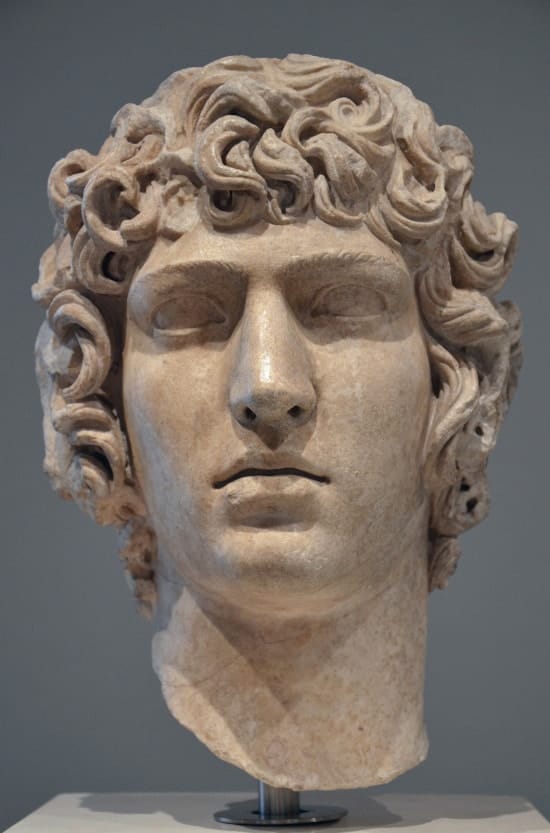
Nero was born Lucius Domitius Ahenobarbus on 15 December AD 37. Birth and early years Portrait bust of the younger Agrippina, the mother of Nero. These accounts became the ‘historical’ sources used by later historians, therefore perpetuating a fabricated image of Nero, which has survived all the way to the present. Authors writing under the Flavians all had an interest in legitimising the new ruling family by portraying the last of the Julio-Claudians in the worst possible light, turning history into propaganda. Nero’s demise brought forward a period of chaos and civil war – one that ended only when a new dynasty seized power, the Flavians. However, far from being impartial narrators presenting objective accounts of past events, these authors and their sources wrote with a very clear agenda in mind. All written decades after Nero’s death, their accounts have long shaped our understanding of this emperor’s rule. Most of what we know about Nero comes from the surviving works of three historians – Tacitus, Suetonius and Cassius Dio. After Carl Theodor von Piloty.īut what do we really know about Nero? Can we separate the scandalous stories told by later authors from the reality of his rule? Nero after the burning of Rome from Le Monde Illustré. He allegedly killed his mother and two of his wives, only cared about his art and had very little interest in ruling the empire. He ruled at a time of great social and political change, overseeing momentous events such as the Great Fire of Rome and Boudica’s rebellion in Britain.

He ascended to power in AD 54 aged just 16 and died at 30.

Nero is known as one of Rome’s most infamous rulers, notorious for his cruelty and debauchery. Nero was the 5th emperor of Rome and the last of Rome’s first dynasty, the Julio-Claudians, founded by Augustus (the adopted son of Julius Caesar).


 0 kommentar(er)
0 kommentar(er)
